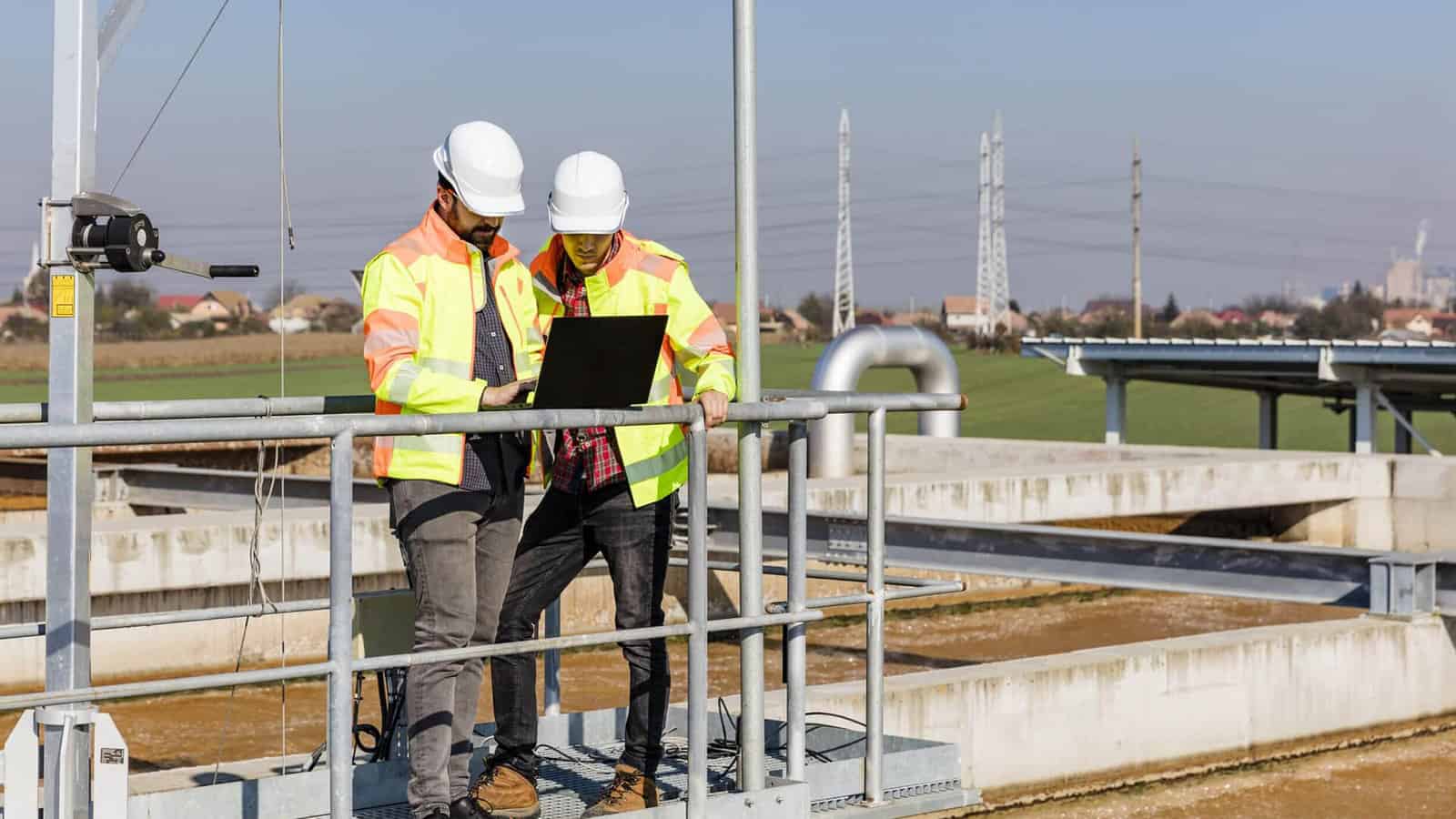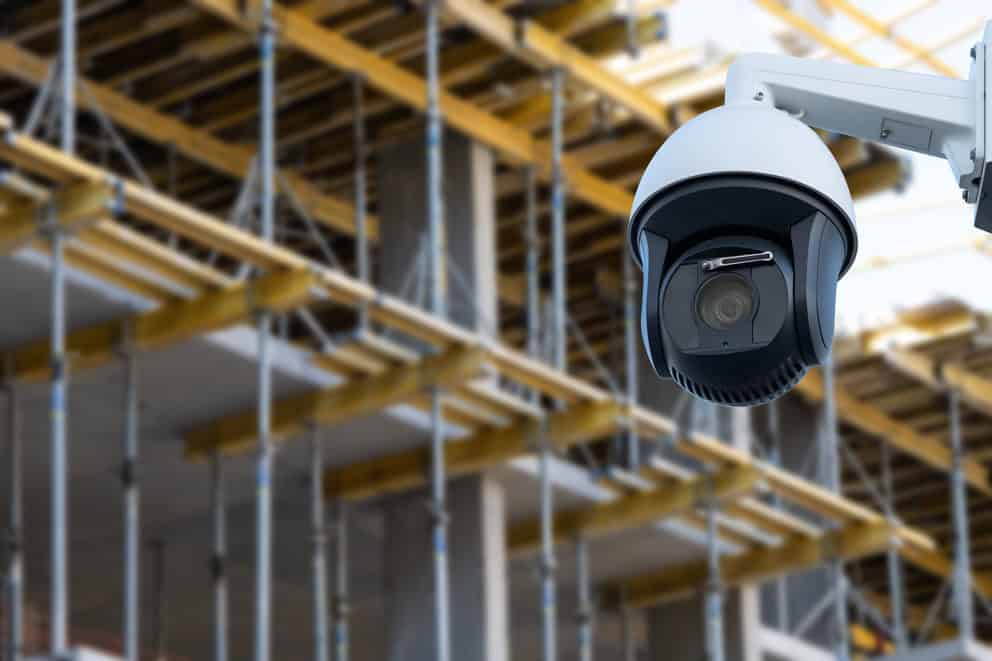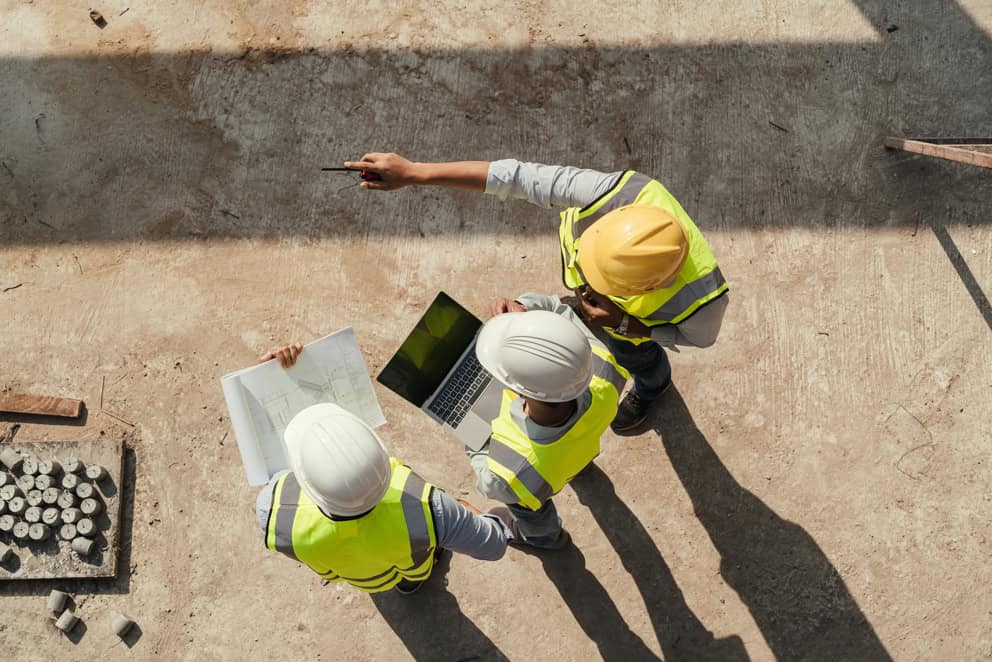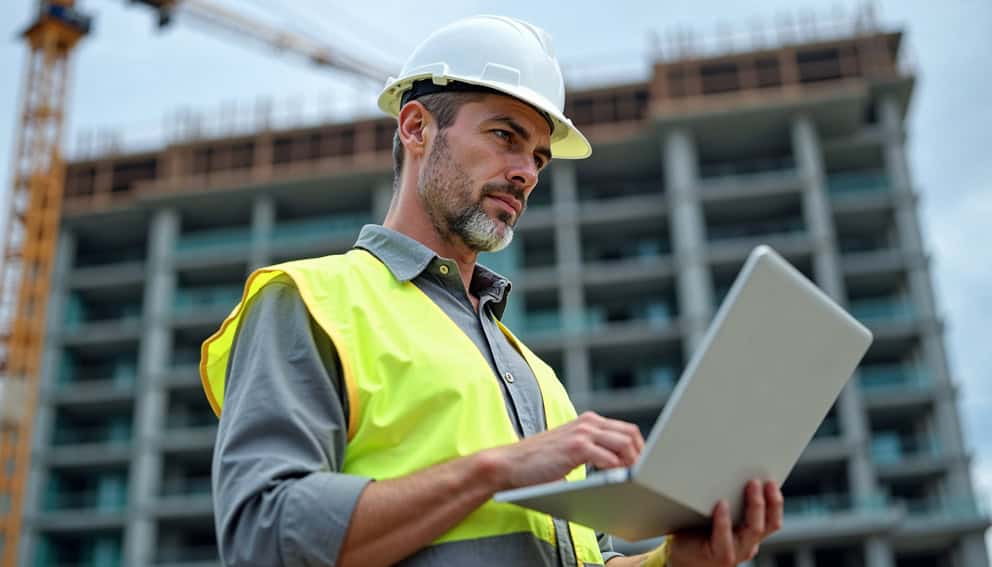
Top 10 Essential Health and Safety Practices for Construction Sites?
When it comes to managing safety on your construction site, you may be confused or even daunted by the sheer number of legal rules and regulations you must follow. To make this easier, here are our top 10 Essential Health and Safety Practices for Construction Sites.
Categorising the Essential Health and Safety Practices for Construction Sites
Managing safety serves several purposes.
While many firms will proudly state that “safety is their number one priority”, in practice this often translates to some rough risk assessments and wearing a hi-vis.
Properly managing safety ensures compliance with the law and, therefore, avoidance or reduced severity of penalties and punishment arising from legal action; as well as maintaining a happy and healthy workforce, which in turn can result in increased morale and productivity.
For these reasons it is logical to consider the practices that you must adopt as stipulated by law.
This can then be followed by best practice and actions that will make your life easier in the long run - however may not be mandated by law.
Core Duties
According to the Health and Safety at Work Act 1974, employers must secure the health, safety, and welfare of people at work, including non-employees.
The Management Regulations also specify core duties which employers must comply with.
However, there is some crossover between the stipulations laid out by both statutes as most regulations are based upon the overarching 1974 Act.
For this reason, our top 10 list is based on legal stipulations sourced from both statutes.
1 - Provide and Maintain Safe Plant
This will involve purchasing or hiring/leasing equipment from reputable suppliers.
Ensure that the equipment is CE marked and supplied with instructions for use as well as pre-delivery and post-delivery inspection records.
Ensure the equipment is capable of doing the task that you intend it to do - and factor in an amount of over-engineering to compensate for changes in service demands.
Once in service, ensure the equipment is inspected in conjunction with manufacturers guidelines.
However, consider mandatory inspections such as those for pressure vessels or lifting equipment, which may stipulate a schedule that is more comprehensive than that which is defined by the manufacturer.
2 - Assess The Risks and Produce Safe Systems of Work for Plant & Activities
You should assess the risks associated with any of your endeavours or undertakings, taking into consideration hazards relating to the working environment, the tools and equipment in use, and the individuals who may be involved.
Don’t forget to include risks to the public in these assessments.
When determining how to mitigate or control the risks, ensure you follow the Principles of Prevention.
3 - Provide Appropriate Information, Instruction, Training and Supervision
This is both essential as part of the induction process with new employees, visitors, and contractors, as well as whenever the tasks, environment, or equipment significantly change.
Some tasks will require a short period of supervised on-the-job training; for other tasks this will require specialist long-term training.
Risk assessments form an integral part of your training regime and while employers with fewer than five employees do not legally have to record their risk assessments, it makes a lot of sense to record them regardless of the size of your enterprise.
4 - Maintain Safe Site Including Access and Egress
Your construction site must be safe, not only to employees but also to members of the public.
Obvious hazards to control are falls from height (including into below ground excavations), deep water, confined spaces, substances hazardous to health, and stored energy such as electricity.
You should ensure that the construction site is securely fenced with a lockable gate.
Access to the site should be prevented when the site is non-operational (i.e. at night time), however, it should also be controlled even during production hours.
5 - Ensure Safe Transport, Handling, Use and Storage of Articles and Substances.
This stipulation is unpacked in greater detail by the COSHH regulations.
You must ensure that hazardous substances are delivered to and removed from your site by an appropriate company or person, which may involve them having carrier licences.
Once on site all articles, particularly hazardous substances, should be handled safely for example using lifting and transport equipment; use of the equipment should be assessed, and everything must be stored properly.
Pay particular attention to flammable and substances which present health risks.
6 - Provide a Healthy and Safe Working Environment
This relates to the Welfare Regulations and takes into account factors such as road and pedestrian traffic layouts, lighting, maintaining comfortable temperatures, and sufficient clean air (i.e. free of contaminants, odour, etc) in order to eliminate and reduce associated risk.
7 - Provide Suitable and Sufficient Welfare
Leading on from point six above, you must ensure welfare standards are kept up to scratch.
This will entail providing somewhere for your employees and workers to rest and eat while on their breaks, warm up and consume food, access clean drinking water, and go to the toilet.
You must consider the size and gender balance of your workforce when implementing sanctuary conveniences.
If your site is particularly dirty you should also provide washing areas as well as somewhere to change out of clothes, and store dirty or wet overalls.
8 - Consult Safety Reps in Decision Making
Consulting with your workers and employees makes sense for a few reasons: you can get a more comprehensive picture of the risks that exist in the workforce, and appropriate ways to control them that are more likely to be effective and indeed adopted.
9 - Form a Committee If Requested
To build on the tips raised in point eight above, you should form a safety committee if requested.
This will comprise of employee representatives from key departments or areas of your site, as well as members of decision making and management teams.
Much like consultation with employees, creating a safety team and holding regular briefings and meetings will nurture the safety culture on site and facilitate adoption of new procedures and protocols.
10 - Produce and Communicate a Safety Policy
If you have five or more employees, you must produce a safety policy comprising a general statement of intent, commitment declaration from senior management, and a summary of your safety arrangements and provisions.
This should be displayed prominently in high (pedestrian) traffic areas and in induction training.
Iceberg Rules
As is always the case with health and safety, there are a handful of overarching rules – at the tip of the iceberg.
However, these are unpacked and described in detail by additional legislation which then presents hundreds of other duties and responsibilities – the larger, unseen, area of the iceberg underwater.
To this end, a useful exercise for any construction company is to produce a site or project risk register, (as stipulated by the CDM regulations) which provides a greater understanding of the key risks present, the associated legislation, and resulting responsibilities.
You can also use this exercise as a means of prioritising which risks to tackle first.
So, there’s our top ten essential health and safety practices for construction sites. Take note of and action these tips and you’ll be on track for effective health and safety management. Look out for a follow-up blog which we’ll publish in the coming months which will outline further specific, actionable, best practice tips to keep you and your team on the straight and narrow.
Give us a follow on our socials to ensure you don’t miss it! Or contact us today if we can be of any help.

With over 30 years’ experience in the construction industry, Lee offers more than just a helping hand to keep your project on track. Majestic Site Management also specialises in site compliance, and health and safety, with a long-list of credentials to prove it. Connect with Lee on LinkedIn >>


